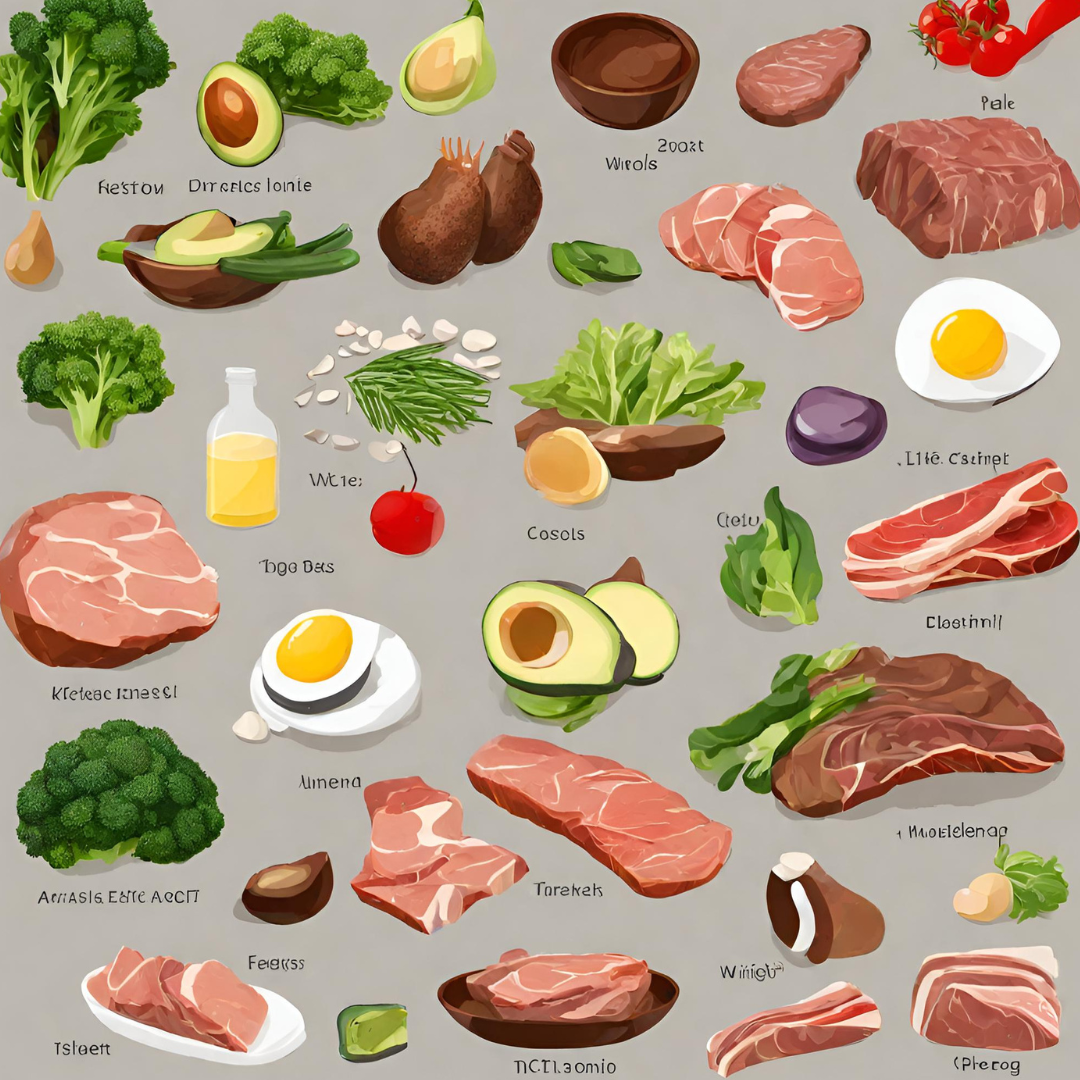
Why ketogenic diet aligns with gluten free lifestyle
In this blog, we will explore why ketogenic diets often align with gluten-free eating habits, diving into the scientific, dietary, and personal health reasons that make these two approaches compatible. Understanding the correlation can help individuals looking to manage specific health conditions or improve overall wellness through diet.
What is a Ketogenic Diet?
The ketogenic diet is a high-fat, moderate-protein, and low-carbohydrate eating plan designed to put the body into a metabolic state known as ketosis. In ketosis, the body burns fat for fuel instead of carbohydrates, leading to a range of benefits from weight loss to improved mental clarity.
Key components of a ketogenic diet include:
• High-fat foods: Cheese, avocados, nuts, and seeds.
• Moderate protein sources: Fish, poultry, and eggs.
• Low carbohydrate intake: Leafy greens, non-starchy vegetables, and minimal fruits.
Understanding Gluten
Gluten is a protein found in wheat, barley, and rye. It gives bread and other baked goods elasticity and texture. While gluten is safe for most people, certain conditions such as celiac disease, wheat allergy, or non-celiac gluten sensitivity require a gluten-free diet.
Common sources of gluten include:
• Breads and pastas
• Cereals and baked goods
• Beer and some processed foods
Intersection of Keto and Gluten-Free Diets
**1. Carbohydrate Reduction: Both ketogenic and gluten-free diets involve significant reductions in carbohydrates. Since many gluten-containing products like breads and pastas are high in carbs, they are naturally excluded from a keto diet.
**2. Health Benefits: Both diets are chosen for specific health benefits. Keto is often adopted for weight loss and metabolic health, while gluten-free is essential for those with gluten-related disorders.
**3. Focus on Whole Foods: Each diet emphasizes whole, unprocessed foods. Keto encourages healthy fats and proteins, while gluten-free necessitates avoiding processed foods that often contain gluten as a hidden ingredient.
Health Benefits of a Combined Keto and Gluten-Free Diet
**1. Improved Digestive Health: Removing gluten can lead to less bloating and other digestive issues in sensitive individuals, while keto can improve gut health by reducing sugar intake that feeds harmful gut bacteria.
**2. Enhanced Weight Loss: The high-fat content of a ketogenic diet can help curb hunger more effectively, while going gluten-free can eliminate high-calorie, processed foods from the diet.
**3. Reduced Inflammation: Both diets can reduce systemic inflammation, a root cause of many chronic diseases. Keto reduces inflammation associated with sugar consumption, while removing gluten can decrease inflammation in those sensitive to it.
Challenges of Combining Keto and Gluten-Free Diets
Merging keto and gluten-free diets can be challenging as it requires careful planning to ensure nutritional balance. Potential challenges include:
• Limited Food Choices: The overlap of restrictions can limit options, making meal planning more complex.
• Nutritional Deficiencies: Without careful planning, there’s a risk of lacking essential nutrients like fiber, B vitamins, and minerals found in whole grains.
Practical Tips for Managing a Combined Keto and Gluten-Free Diet
**1. Plan Meals Ahead: Use meal planning tools to ensure you’re meeting your nutritional needs without accidental gluten intake or carb overconsumption.
**2. Focus on Nutrient-Dense Foods: Include a variety of foods such as leafy greens, fatty fish, and seeds that are both keto-friendly and gluten-free.
**3. Educate Yourself: Understand which foods are safe for both diets and read labels carefully to avoid hidden sources of gluten and carbs.
Conclusion
A ketogenic diet often naturally aligns with a gluten-free lifestyle due to its low carbohydrate requirements, excluding most gluten-containing foods. By understanding the health benefits and challenges of combining these diets, individuals can make informed decisions about their eating habits, potentially leading to improved health and well-being. With careful planning and knowledge, it is possible to successfully navigate a combined ketogenic and gluten-free diet.
By combining the ketogenic approach with a gluten-free lifestyle, individuals may find a synergistic effect that enhances their health, simplifies dietary choices, and helps in managing or preventing various health issues. This dual approach can be a powerful tool for those looking to tailor their diet to specific health needs.


